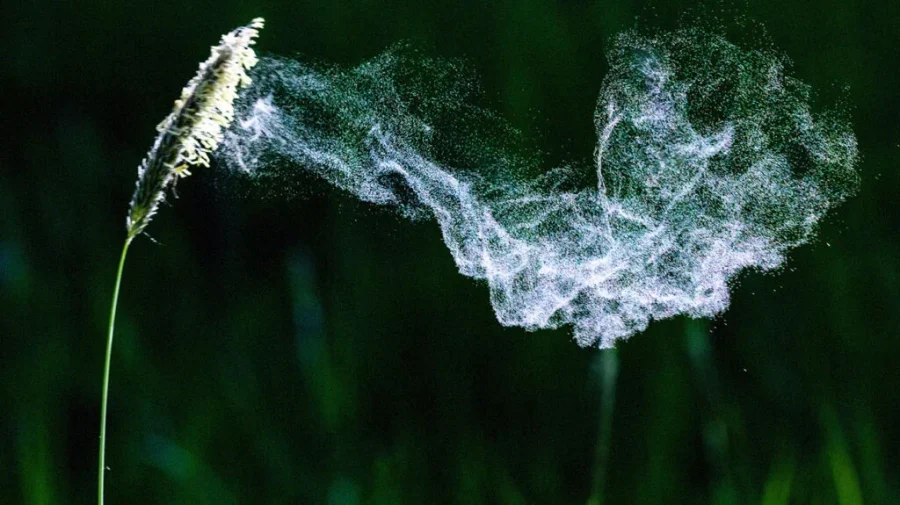Allergies are common, particularly in children. Some allergies tend to disappear as a person ages, but many are lifelong.
In the United States, allergies are the sixth leading reason for chronic illness, with more than 50 million people experiencing various allergies each year.
Symptoms of allergies may interfere with a person’s daily tasks and reduce their quality of life.
In this article, we examine whether people can get rid of allergies. We also look at prevention strategies and possible ways to manage allergies.
There is currently no cure for allergies. However, researchers continue to investigateTrusted Source potential therapies.
People can treat their allergy symptoms with medications and take steps to reduce their exposure to the allergen causing the reaction.
Immunotherapy is not a cure for allergies but a disease-modifying treatment. It may help reduce a person’s sensitivity or allergic response to allergens.
A doctor may recommend immunotherapy if: medications are not controlling allergy symptoms a person is unable to avoid allergens allergy medicines are interacting with a person’s other medications a patient does not like taking medications Some people no longer have significant allergic reactions to allergens following years of immunotherapy. Others may require ongoing immunotherapy to manage their symptoms.
Immunotherapy is available as allergy shots (SCIT- subcutaneous immunotherapy) or sublingual immunotherapy (SLIT). Oral immunotherapy (OIT) is also available for peanut allergies.
Allergy shots involve having exposure to increasing doses of an allergen by injection over several years. Over this time a person becomes less sensitive to the allergen and reacts to it less severely.
Allergy shots help control symptoms of allergies to: Pollen, dust mites, pet dander, molds, bees, other stinging insects.
SLIT involves small doses of an allergen that a person takes in tablet or drop form under the tongue to improve tolerance to an allergen and reduce symptoms.
It is commercially available for allergies to dust mites, grass pollen, and ragweed. Peanut allergen powder (Palforzia) is currently the only OIT with approval from the Food and Drug Administration (FDA). Palforzia may reduce Trusted Source severe allergic reactions, including anaphylaxis, occurring with accidental exposure to peanuts in children ages 4–17.
Do allergies go away?
Some people may outgrow allergies, especially allergies developed during early childhood. Whether someone’s allergy will disappear as they get older depends on what they are allergic to and the severity of the allergy.










